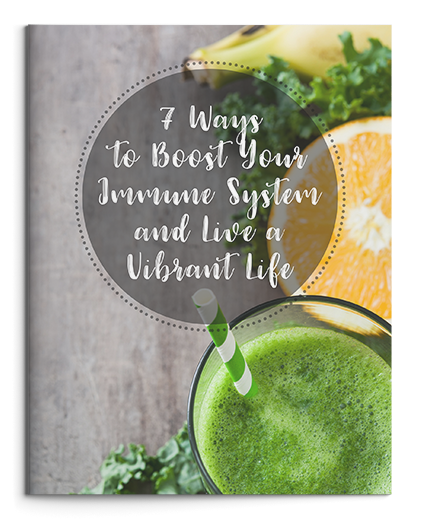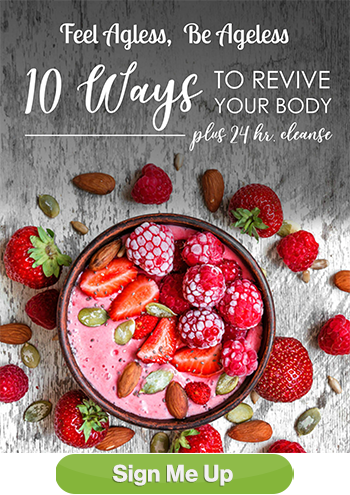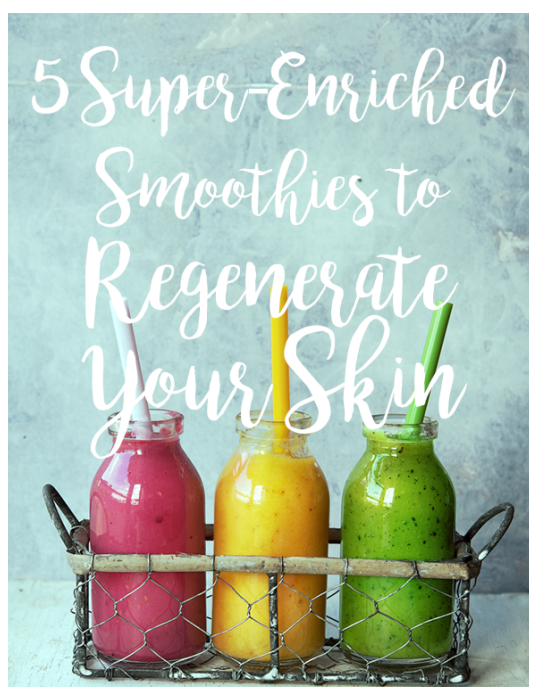Several years ago, my chiropractor told me many people have inflammation and don’t realize it. I thought he was referring to sore muscles, tension, and joint pain. I envisioned people watching TV at night with ice packs on sore body parts. While this might be the case for many, inflammation is more prevalent and destructive than my first impression.What is inflammation?
Ouch! It’s hot! “itis” is Latin for inflamed – think rheumatoid arthritis
Acute inflammation is the body’s immune system reacting to an injury or infection. As blood rushes to the injured or infected area, causing heat and swelling, the immune system is on guard to protect the injured cells. Scabs on a cut or black & blue bruising are examples of acute inflammation. Ordinarily, this is a positive reaction unless there is continuous inflammation in the body.
Chronic inflammation is like a slow burn, where the body’s immune system attacks its own cells. This condition produces free radicals, the cell damaging molecules. Eventually, the immune system becomes destructive to the cells it was intended to protect. For example, eating sugar is like adding fuel to a small flame, creating a bonfire.
“Anything that causes inflammation will, in turn, cause insulin resistance. And anything that causes insulin resistance will cause inflammation. This dangerous spiral is at the root of so many of our twenty-first-century chronic maladies.” Dr. Mark Hyman, The Blood Sugar Solution
“Inflammation is part of our normal immune response. When the body is harmed, it sends lymph and white blood cells through the lymphatic system to flood the area of concern. This fluid uses the chemical reactions to separate and remove the harmful substances, restoring the cells back to their normal state.” David Wolfe, Raw Foods Expert
How does inflammation affect the body?
Studies are finding links between inflammation and depression, Alzheimer’s, anxiety, autism, heart disease, obesity, autoimmune diseases, cancer, osteoporosis, leaky gut, digestive issues, and many other neurological and psychiatric diseases. In general, the immune system is working overtime and eventually attacks itself. When the immune system (good warriors) continues to fight chronic inflammation (bad warriors) eventually the immune system is weakened, allowing chronic infections and diseases to take over.
What causes inflammation?
Once again, we learn “we are what we eat”! Our Standard American Diet (SAD), high stress lifestyle, and lack of sleep are big contributors to inflammation in the body.
- Dietary sugars and refined flours
- Food sensitivities and allergies – 60% of the immune system is near or around the gut and digestive system
- Chronic infections – immune system is on guard protecting the body at all times
- Toxins in our foods and environment
- Stress – we can gain control over our lives
- Lack of exercise – let’s get moving
- Nutritional deficiencies – Americans are overfed and undernourished
What can be done to prevent or reverse inflammation?
- Lose weight & move more – Create a routine to increase the amount of exercise and movement each day
- Try yoga or meditation for stress relief. Plan your week to prevent scrambling at the last minute or forgetting important tasks or events. Be sure to include the “big rocks” first – the most important things in your life then fill in around them with less important tasks.
- Detox – Going through a detox or cleanse program twice a year will reduce inflammation, giving the body a rest. Adding lots of dark greens to your diet daily will gently cleanse the liver
- Carrageenan – A common food additive derived from seaweed, carrageenan is used as a thickener to improve the texture of processed foods. It’s especially common in processed soy and almond milk. Research shows that carrageenan can cause inflammation, the root of most chronic illnesses.
- Alkaline body – Start the day with a big glass of warm water with lemon, eat lots of greens, increase veggie intake to 50% of your diet
- Fats – Avoid saturated and trans fats, simple and refined carbohydrates – Include Omega 3 fats such as wild salmon or pure whole food supplements to calm inflammation
- Carbohydrates – Include whole foods such as legumes, grains, vegetables, and fruits, avoiding highly processed foods
- Protein – Limit pro-inflammatory animal protein such as red meat and chicken. Consider Meatless Mondays, increasing more plant based meals such as bean based entrees
- Include Superfoods: micronutrients in spices, vegetables, fruits, and herbs
- Spinach, blueberries, cherries – the foods contain high levels of flavonoids – compounds known to reduce inflammation. They also contain high antioxidant levels.
- Avocado, salmon, walnuts – All contain omega-3 fatty acids, which have been shown to disrupt the cell signals that trigger inflammation.
- Papaya, pineapple – Both fruits belong to the bromeliad family, and as such, contain the enzyme bromelain which has shown to reduce inflammatory responses.
- Turmeric – Renowned for its anti-inflammatory properties, this spice contains curcumin – a compound known to interfere with chemicals that cause inflammation. It is helpful both when ingested, and when applied topically to skin conditions or injuries.
How do I know if I have inflammation?
A blood test to check for C-reactive protein will detect a rise in inflammatory signals or markers, proteins produced by the immune system to fight infection or heal injury.
How do I live with zest, panache, & peace?
- Breakfast experiment – Try a different breakfast each morning for several days, using grains such as oatmeal, fruit, green smoothie, protein drink, etc. Compare your typical breakfast to each of the others. When do you have more energy that lasts until lunch? Which breakfast do you feel the most alert, creating steady blood sugar?
- Food/Mood Journal – Write down each day what you eat, how you feel, exercise, hours of sleep, almost like a diary for a week or month. You’ll be amazed at what you learn about yourself. Experiment with different foods and exercise activities, finding your own personal lifestyle.
- Reduce or manage stress – Find what works for you. It might be a walk in the park, hike in the mountains, yoga, and meditation, workout at the health club, reading a book, sipping a cup of tea, or cuddling with your puppy. The busier our lives are, the more important it is to take time to refresh. Even 5 minutes at your desk with your eyes closed will give a fresh perspective and clearer thinking.
Reply to this email and simply request my FREE ebook 7 Ways to Boost Your Immune System.
Now is the time to set your mind at ease. I’m in your corner and here to help. Learn how to eat real foods, on the go AND have more healthy energy. Contact me if you have questions or get started right away. peggy@healthcoachmt.com
Join the Feel Ageless, Be Ageless 14 Day Clean Eating Program and find out what lifelong health is really about. You can join the group program or start on your own today.
http://https://www.healthcoachmt.com/14-day-clean-eating-program/
If you have questions, please contact me asap. Let’s get started!
Blessings,
Coach Peggy




 I help women in their 40's - 60's who are overwhelmed by what to eat, feel exhausted, lost in yo-yo dieting and desperately want a health blueprint for their body in the midst of information overload. I created a 3 step approach to help women discover their divine blueprint so they have more energy for life, have better sleep and less belly bloat when they eat. Are you ready?
I help women in their 40's - 60's who are overwhelmed by what to eat, feel exhausted, lost in yo-yo dieting and desperately want a health blueprint for their body in the midst of information overload. I created a 3 step approach to help women discover their divine blueprint so they have more energy for life, have better sleep and less belly bloat when they eat. Are you ready? 